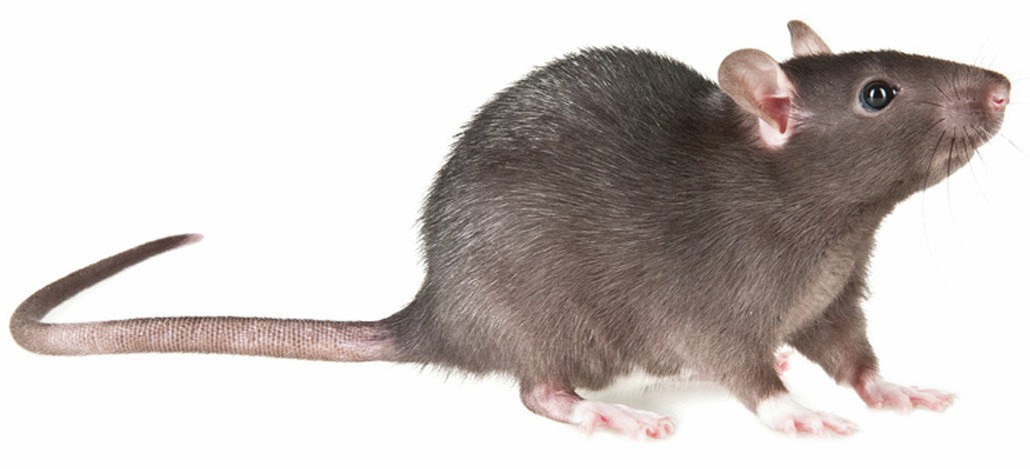
Control group Degrees of freedom Mean Standard deviation Null hypothesis
In a previous article you saw that you can take account of the variability of nature by taking repeated measurements and calculating descriptive statistics, such as the median and mean (BIOLOGICAL SCIENCES REVIEW, Vol. 24, No. 2, pp. 16–19). These statistics indicate the centre of the distribution and so tell you what things are like ‘on average’. This information is useful but just getting these numbers is not usually enough. If you carry out biological research, you often want to answer specific questions about the things you are measuring. In particular, you may want to compare two groups. Do two different strains of bacteria have different growth rates, for example? Even more frequently you may want to test whether experimentally treated organisms or cells are different from controls. This article describes how you can use a simple test called the two-sample, or independent-sample, t-test, to determine whether there are differences between the means of two samples.
Your organisation does not have access to this article.
Sign up today to give your students the edge they need to achieve their best grades with subject expertise
Subscribe




